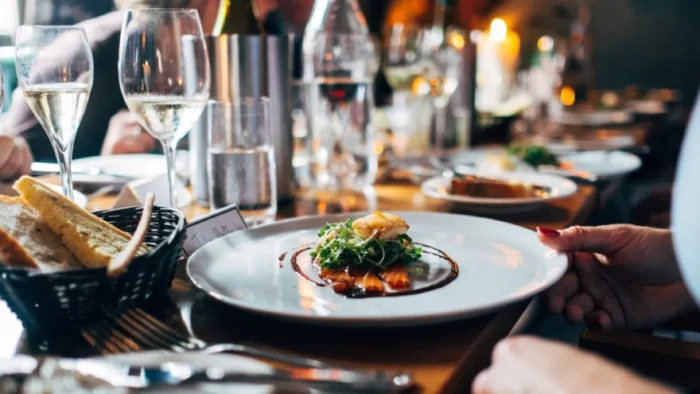When you must strategize food and beverage for an event, it’s vital to think about the incomprehensible items to help ensure a delicious meal and a fruitful program.
With these nine steps, you can make sure that your event is a memorable one.
1. Understanding Your Guest Profile
The following needs to be understood about your guests when you’re planning an event:
- Specialized level
- The regularity of them attending similar events
- The location where they reside
- Ethnic backgrounds
2. Knowing Your Guest’s Preferences
With an understanding of your guest’s general profile, an event planner can be better organized in planning the menu options.
The following may be applicable:
- Older guests may fancy a milder menu
- Health-conscious attendees may prefer vegetarian or seafood options
- Middle-aged or younger guests may favor a more adventurous or spicier menu
3. Offer Menu Choices
While it’s possible to anticipate the guests’ food preferences, it’s not conceivable to please everyone with just one appetizer.
General guidelines to include:
- Try to incorporate two or three choices of entrees
- Offer two or more salad dressing choices for the salad course
- Condiments must be served on the side
- Offer two types of desserts: one healthy and one decadent
4. Antedate Special Needs
Dietary concerns must be considered, and it’s critical when you’re planning the menu that the corporate caterer Sydney antedate special needs like:
Food allergies, Religious requirements (kosher/halaal), food intolerances (celiacs), and voluntary dietary limitations (veganism or vegetarianism).
5. Include Fresh And Seasonal Food Items
The time of year should be a factor in defining food and beverage, for example:
- Which items are in season for winter or spring menus?
- The region of the event and favored food items available in the area
- Include fresh local produce or seafood to ensure high-quality ingredients
6. Contemplate Regional Or Ethnic Menus
When you plan an event with an ethnic theme, it permits the event planner and chef to create a region-specific and international menu for the event.
Common ethnic catering menus include:
- Italian
- French
- Greek
- Asian/Chinese/Japanese
- Mexican
- Middle Eastern
7. Choose Your Menu To Suit The Event Schedule
Choose menu options and a meal type that is best suited to the time limit for the meal. For example:
- Box lunches are perfect for on the go or thirty minutes
- Plated meals generally take about 1.5 hours
- Buffets may be done in about an hour
- Cocktail receptions need at least an hour before dinner
- Working lunches or breakfasts must include menu items that can be delayed for more extended periods without compromising the integrity of the food
8. Choose A Relaxing Room Setup
Select an appropriate room layout that compliments the event objectives and scheduled meals. You can use a room planner tool to design a relaxing room setup. Play with different elements until you find the best fit for your event.
Make sure the table setup and room choice allow space for people to place items like binders, pens, notepads, etc. and movability.
If you want to make sure that every detail is taken care of, following a comprehensive event planning checklist can guide you through each step and ensure a successful occasion.
Customary Room Setups:
- Boardroom – for maximum of fifteen guests.
- Rectangular and u-shaped table setups – promotes discussion but are not suitable for buffet meals.
- Classroom style – perfect for presentations.
- Banquet style – great for small discussions.
9. Visual Appearance
We eat with our noses and eyes. Therefore, a catered meal must be visually fragrant, colorful and appetizing. Table linen and décor must also be in the context of your overall theme.



